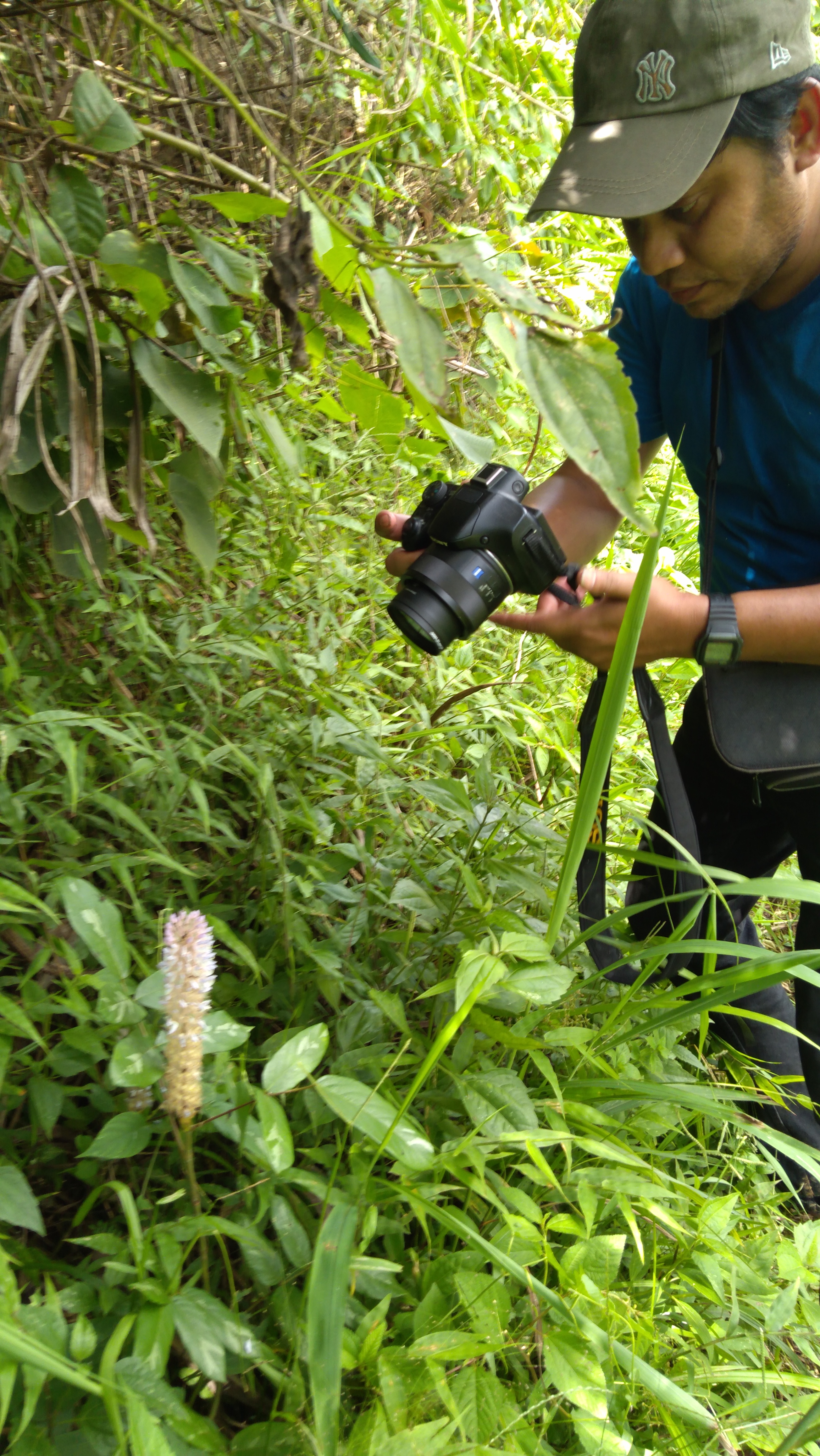Partnerships & Collaboration
From the conception of the PREDICT project through to today’s day-to-day laboratory management, partners working effectively across sectors has been an essential building block. The PREDICT project brought conservation and health nonprofits and Malaysian federal and local government departments together to collaborate on zoonotic disease surveillance. Over the last 10 years the WHGFL has been able to expand into new surveillance, genetic, and forensic research as capacity is built through open and productive collaboration. The Sabah Wildlife Department has scaled up their involvement increasing their funding for the WHGFL each year and leading the management committee. The management committee ensures the multiple projects utilizing the small laboratory are coordinated and organized, especially as new projects come on board and the scope of work expands.
A One Health approach was employed at every step, ensuring priorities of different sectors were heard and respected. Siloed sectors were brought together to meet a shared goal of conservation through zoonotic disease screenings that promoted human and wildlife health. By highlighting the interconnection of human, animal, and environmental health, collaboration, instead of competition, was emphasized and promoted. Wildlife disease screening results provided Sabah State Health Department with actionable data to inform risk mitigation policies at the state level.
Multiple partners were involved with the renovation of an empty building to create a laboratory meeting international biosafety and biosecurity standards, and while the initial investment was from outside sources, in recent years local leadership has taken on a larger role in management. The success of the PREDICT project demonstrated the importance of the laboratory to local and global research efforts, earning a larger investment, both financial and bandwidth-wise, from local leaders. This has allowed budding partnerships to further develop and deepen over time.
